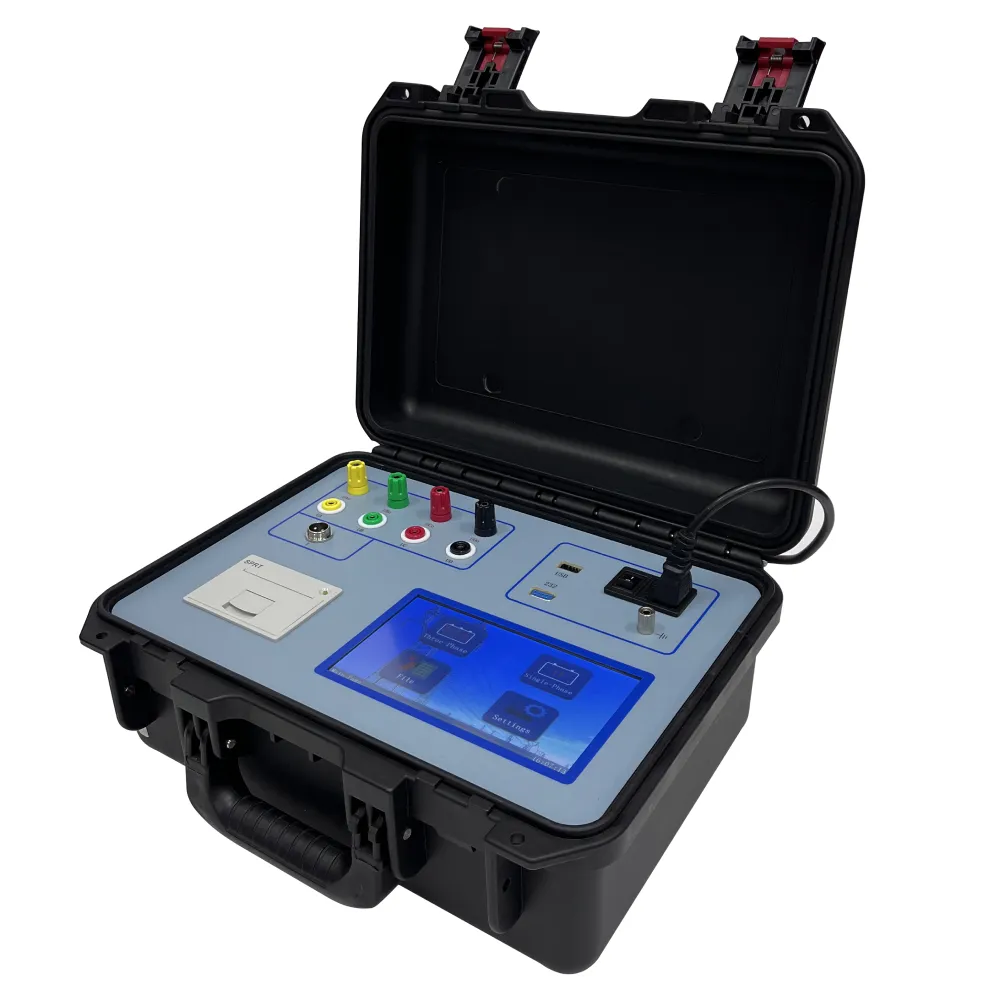 English
English


Oil Pressure Testing Equipment for Accurate Diagnostics and Performance Monitoring in Vehicles
Understanding the Oil Pressure Gauge Test Kit Importance and Application
Oil pressure is a critical component in any internal combustion engine, whether in cars, trucks, or heavy machinery. Proper oil pressure ensures adequate lubrication of moving parts, reduces wear, and extends the lifespan of the engine. The oil pressure gauge serves as a vital instrument that provides real-time feedback about the oil pressure in an engine. When concerns about oil pressure arise, an oil pressure gauge test kit becomes an essential tool for diagnostics and troubleshooting.
What is an Oil Pressure Gauge Test Kit?
An oil pressure gauge test kit is a specialized tool designed to measure the oil pressure within an engine's lubrication system. The kit typically consists of a precision gauge, hoses, and adapters that connect to the engine. The gauge can either be mechanical or electronic, with mechanical gauges relying on a bourdon tube to measure pressure, while electronic gauges use sensors and digital readouts.
Why is Oil Pressure Important?
Oil is the lifeblood of an engine; it lubricates moving components, reduces friction, cools parts, and helps prevent corrosion. Insufficient oil pressure can lead to inadequate lubrication, leading to increased wear and potential engine failure. Conversely, excessively high oil pressure can also cause problems, such as oil leaks or the failure of oil seals. Therefore, regularly monitoring oil pressure is essential for maintaining the health and performance of an engine.
Steps in Using the Oil Pressure Gauge Test Kit
1. Preparation Before using the kit, ensure the engine is turned off and cool. Gather the necessary tools, including the oil pressure gauge test kit, wrenches, and safety gear.
2. Locate the Oil Pressure Port Identify the oil pressure port on the engine, typically located near the oil filter or on the engine block. Ensure you have the correct adapter from the kit that fits the port.
oil pressure gauge test kit

3. Connect the Gauge Attach the oil pressure gauge to the oil pressure port using the appropriate adapter. Tighten it securely to prevent leaks.
4. Start the Engine With the gauge connected, start the engine. Allow it to idle and observe the oil pressure reading. A healthy engine typically operates within a specific oil pressure range, often between 25 to 65 psi, depending on the engine specifications.
5. Evaluate the Readings Take note of the oil pressure readings at idle and during increased RPMs. A drop in oil pressure at higher RPMs can indicate problems such as a failing oil pump or low oil levels.
6. Disconnect and Analyze After obtaining the readings, turn off the engine, disconnect the gauge, and analyze the results. If the oil pressure is outside the recommended range, further investigation is needed. Check for issues like oil leaks, oil viscosity, or potential engine damage.
Benefits of Using an Oil Pressure Gauge Test Kit
Using an oil pressure gauge test kit provides several advantages. It offers accurate readings that help diagnose engine issues early on, thereby preventing costly repairs down the line. Regular monitoring ensures that oil pressure levels remain within the manufacturer's recommended range. Additionally, being proactive about oil pressure can enhance engine performance and efficiency.
Conclusion
An oil pressure gauge test kit is an invaluable tool for anyone involved in engine maintenance and diagnostics. Understanding how to use this kit effectively can lead to early detection of potential problems, ensuring that vehicles and machinery operate smoothly and reliably. By regularly checking oil pressure, vehicle owners can save themselves from costly repairs and extend the life of their engines, ultimately leading to safer and more efficient operation.
-
Differences between open cup flash point tester and closed cup flash point testerNewsOct.31,2024
-
The Reliable Load Tap ChangerNewsOct.23,2024
-
The Essential Guide to Hipot TestersNewsOct.23,2024
-
The Digital Insulation TesterNewsOct.23,2024
-
The Best Earth Loop Impedance Tester for SaleNewsOct.23,2024
-
Tan Delta Tester--The Essential Tool for Electrical Insulation TestingNewsOct.23,2024





